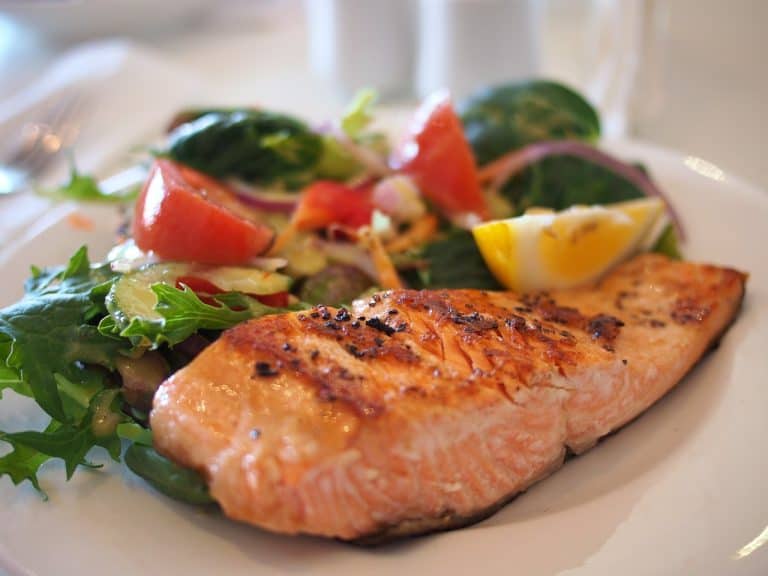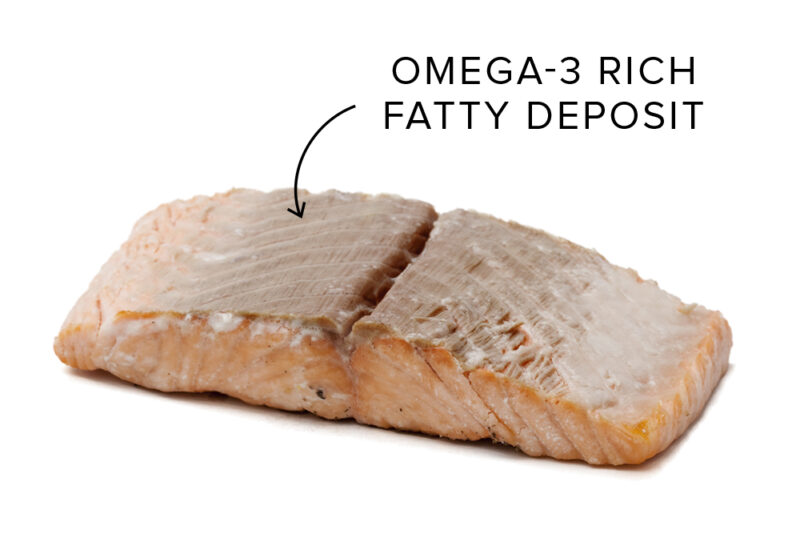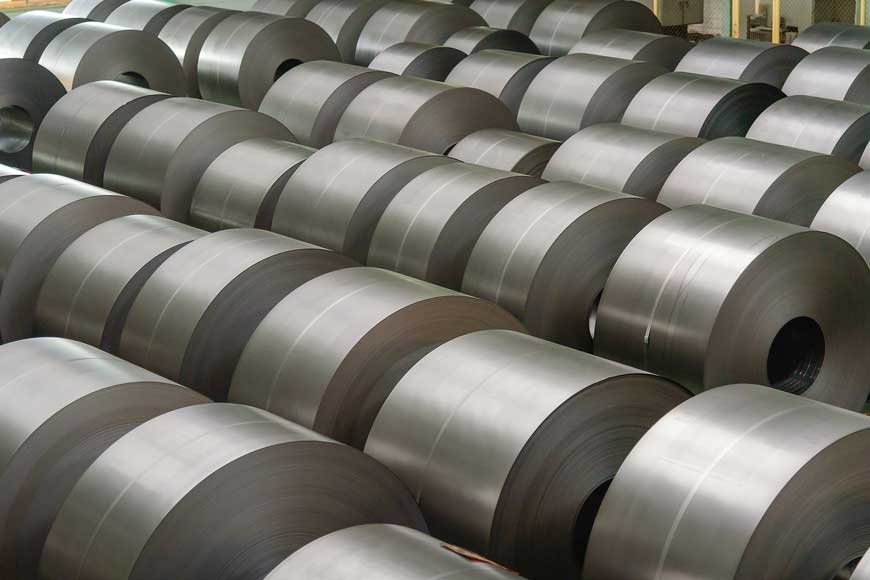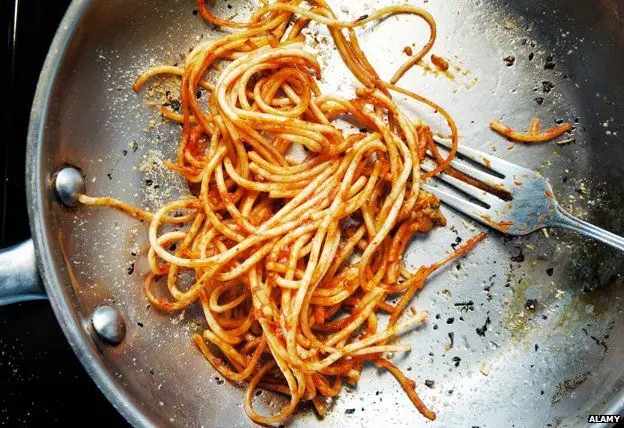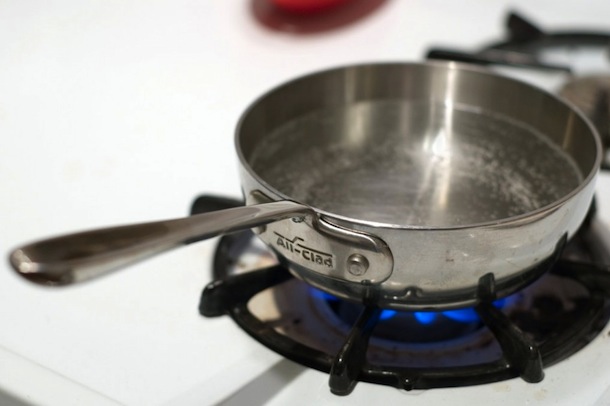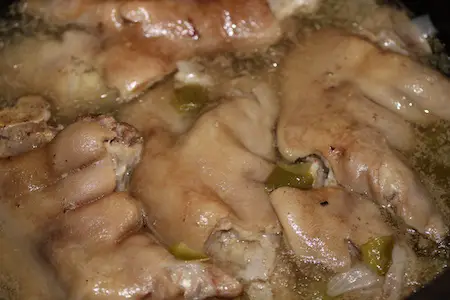How Long Can You Leave Cooked Salmon at Room Temperature?
Salmon is a delicious and nutritious food that can be enjoyed in many different ways. Whether it’s baked, sautéed, or grilled, salmon is a versatile ingredient that provides both taste and health benefits. However, it’s important to follow proper food safety guidelines when cooking and storing salmon to avoid the risk of food poisoning.
In this article, we’ll explore how long you can leave cooked salmon at room temperature and discuss ways to prevent bacterial growth and contamination in your kitchen.
What Causes Food Poisoning?
Food poisoning occurs when you eat contaminated food that contains harmful bacteria, viruses, or other pathogens. The most common symptoms of food poisoning include abdominal cramps, nausea, vomiting, diarrhea, fever, and dehydration.
The bacteria responsible for most cases of food poisoning include:
- Salmonella: Found in raw or undercooked meat, poultry, dairy products, and eggs.
- Campylobacter: Found in raw or undercooked meat, poultry, and unpasteurized milk.
- Listeria: Found in deli meats, soft cheeses made from unpasteurized milk, and smoked seafood.
- Escherichia coli (E. coli): Found in undercooked ground beef and raw vegetables contaminated with animal waste.
When these bacteria are allowed to grow and multiply in food, they can release toxins that cause illness if consumed.
The Danger Zone
All types of bacteria thrive between certain temperatures known as the “danger zone.” This temperature range falls between 40°F and 140°F (4°C to 60°C) where bacteria can rapidly grow and multiply in food.
Keeping food out of the danger zone is important for preventing bacterial growth and reducing the risk of foodborne illness. In fact, many types of bacteria can double in number every twenty minutes when left in the danger zone.
Some common examples of foods that are frequently left in the danger zone include:
- Leftover pizza
- Cold cuts and deli meats
- Cheese plates
- Dips and spreads
- Fried chicken
- Egg dishes
Salmon Storage Guidelines
To keep cooked salmon safe for consumption, it’s important to follow proper storage guidelines. Here are some general rules to keep in mind:
- Cook salmon to an internal temperature of 145°F (63°C) as measured by a food thermometer.
- Immediately store cooked salmon in an airtight container in the refrigerator or freezer.
- Store cooked salmon away from any raw ingredients to prevent cross-contamination.
- Consume leftover salmon within three to four days if refrigerated or within two months if frozen.
When reheating leftover salmon, it’s important to heat it thoroughly to an internal temperature of 165°F (74°C) before consuming. You can do this by using an oven, stovetop, or microwave.
Unrefrigerated Salmon Risks
The risks associated with leaving cooked salmon out at room temperature are significant. If left unrefrigerated, bacteria will begin to grow on the surface of the fish within two hours.
According to the USDA Food Safety and Inspection Service, cooked salmon should not be left out at room temperature for more than two hours. If the temperature in your home is above 90°F (32°C), cooked salmon should be refrigerated or discarded after just one hour.
When bacteria grow on salmon, they can release toxins that cause serious foodborne illness. The symptoms of salmonella poisoning typically include fever, diarrhea, and abdominal cramps that can last up to a week.
Factors That Impact Safe Storage
Outside factors like humidity, air temperature, and light can all impact the safe storage of cooked salmon. Here are some tips for choosing appropriate storage locations based on specific environmental factors:
- Store cooked salmon in a refrigerator set at or below 40°F (4°C).
- Avoid storing salmon in the refrigerator door where the temperature fluctuates with each opening and closing of the door.
- If using a cooler to transport cooked salmon, add ice or frozen gel packs to keep it at a safe temperature.
- Avoid storing cooked salmon in direct sunlight or any location where it’s exposed to heat and humidity.
Recognizing Food Poisoning Symptoms
If you believe you may have consumed contaminated food, it’s important to recognize the symptoms of food poisoning so that you can seek medical attention if necessary. Some common symptoms of salmonella and other forms of food poisoning include:
- Fever
- Nausea
- Vomiting
- Diarrhea
- Abdominal pain and cramping
If you experience severe symptoms like bloody diarrhea, dehydration, or difficulty breathing, seek medical attention immediately.
Prevention Is Key
The best way to prevent food poisoning from cooked salmon is to follow proper storage and handling techniques. Here are some key takeaways:
- Cook salmon thoroughly to avoid bacterial contamination.
- Store cooked salmon immediately in an airtight container in the refrigerator.
- Do not leave cooked salmon out at room temperature for more than two hours (one hour if the temperature is above 90°F/32°C).
- Reheat leftover salmon to an internal temperature of 165°F (74°C) before consuming.
- Avoid cross-contamination by storing raw and cooked ingredients separately.
If you follow these guidelines, you can enjoy the delicious taste and health benefits of cooked salmon without risking foodborne illness.
Conclusion
Cooked salmon is a great source of protein and healthy fats that can contribute to a balanced diet. However, it’s important to handle and store it properly to avoid the risk of food poisoning. By following safe storage guidelines and recognizing the symptoms of food poisoning, you can protect yourself and your family from the harmful effects of bacterial contamination in your kitchen.
Frequently Asked Questions
#### Q: Is it safe to leave cooked salmon at room temperature?
Leaving cooked salmon at room temperature is not safe, as it can lead to bacterial growth and potential food poisoning. It is recommended that you keep cooked salmon refrigerated or frozen to prevent any contamination.
#### Q: How long can cooked salmon be left at room temperature?
Ideally, you should not leave cooked salmon at room temperature for more than 2 hours. After this time, bacteria can start to grow and multiply, which can put your health at risk. Therefore, it is always better to be safe than sorry and store your cooked salmon in the fridge or freezer.
#### Q: Can I reheat leftover salmon that has been left at room temperature?
It is not recommended that you reheat leftovers that have been left out at room temperature for an extended period of time. The reheating process may not kill all bacteria that have grown on the salmon. It is safer to discard the leftovers and cook fresh salmon instead.
#### Q: What are some signs that cooked salmon has gone bad?
If you’re unsure if your leftover cooked salmon has gone bad, there are some signs to look out for. Spoiled salmon may have a sour or ammonia-like smell and a slimy texture. If it looks discolored or has a milky film on it, it’s best to throw it away. Remember, when in doubt, throw it out!
